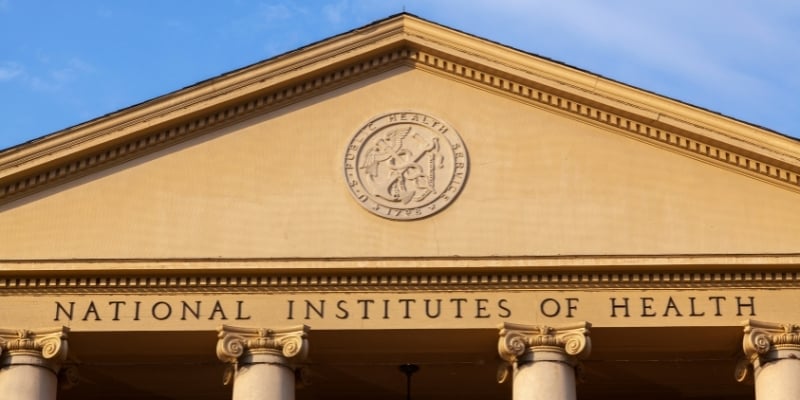Inside a shining new medical quarantine unit in Omaha, Nebraska, eight evacuees from the Diamond Princess cruise ship remain under armed guard as they recover from coronavirus infections.
Though the doors to their rooms aren't locked, U.S. marshals enforce a rarely used federal quarantine order preventing the men and women from going home until they've recovered. Opened last year, the 20-bed National Quarantine Center is the nation's only specifically designed federal site where people suspected of having high-risk infections can be securely detained.
"The whole tenet of public health is temporarily giving up some personal liberties for the greater good," said Dr. Angela Hewlett, an infectious-disease expert and leader of the Nebraska Biocontainment Unit at the University of Nebraska Medical Center, which is associated with the quarantine center. "We haven't had anyone who has tried to escape."
A self-quarantine seems brutal when you're not sick with coronavirus – but it really is for the greater good.
The last time the U.S. government mandated large-scale quarantines was more than 100 years ago during the Spanish flu pandemic of 1918-19 (a much smaller effort surrounded the Ebola outbreak in 2014). Scientists and public health officials are battling both the new coronavirus and the skepticism of a society that hasn't seen a similar epidemic or quarantines for generations, said Glen Mays, professor and department chair in the Colorado School of Public Health at the University of Colorado Anschutz Medical Campus.
"That's part of the challenge. Infectious diseases are not the killers of our population that they were 50 years ago," said Mays, who studies health system emergency preparedness. "We've got more skepticism around these issues. You see that in vaccinations and vaccinations rates. Part of that may represent some complacency. We fought back these infectious diseases decades ago."
Read the full story at USA Today.






